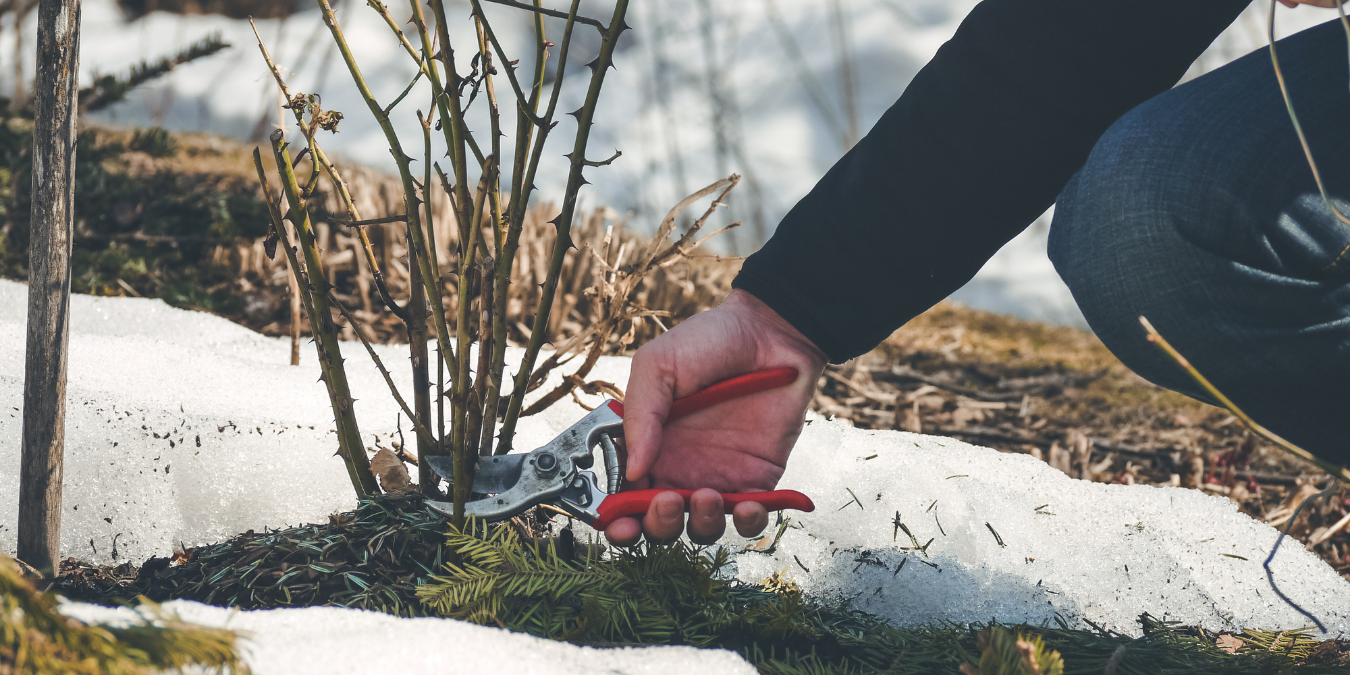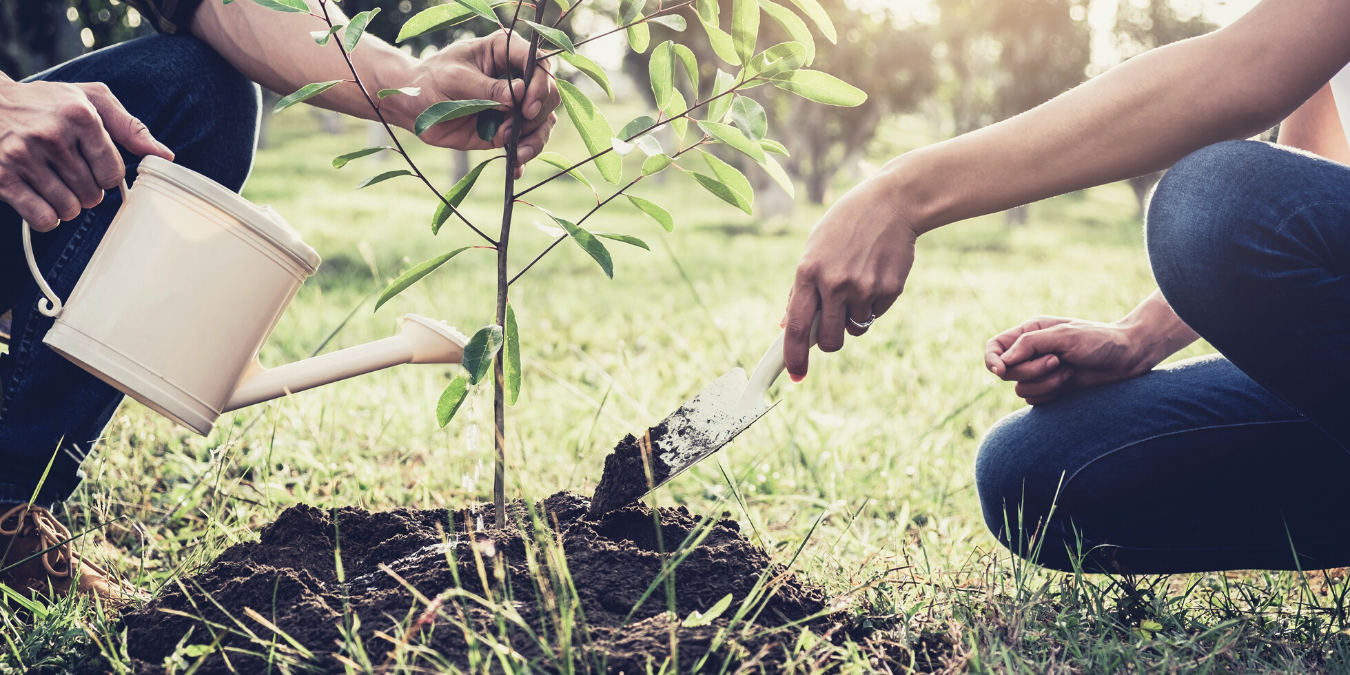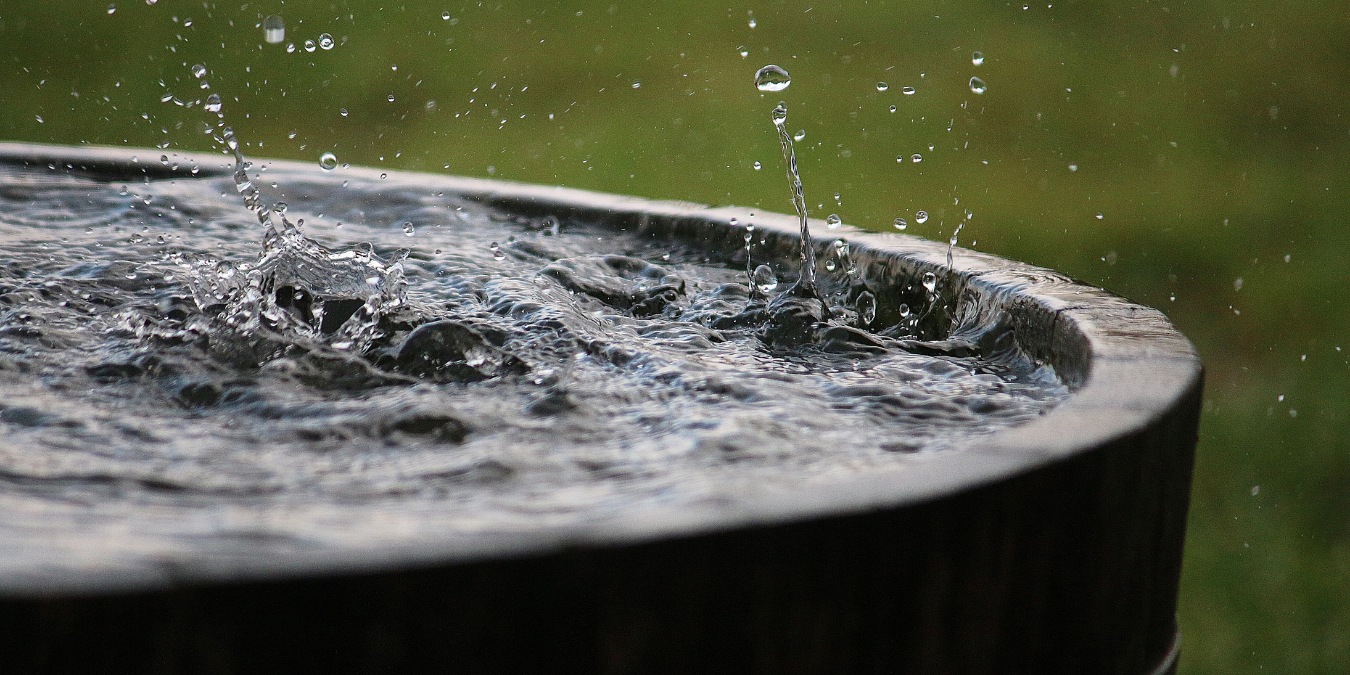Winter is a critical time in the life of your garden, due to cold temperatures and harsh conditions that cause harm to your plants and soil. Whether you are leaving hardy plants in the ground or shutting everything down until spring, taking some simple steps now can protect your garden from pests, disease, nutrient loss, and more. Winterizing and overwintering are two methods of protecting your grow when the weather gets cold.
If you’re confused about the difference between these two vital winter activities, we’ve got you covered:
Winterizing
Winterizing is the process of clearing out your garden and preparing it for its winter rest period. It involves protecting your soil, removing old plants, and amending nutrients into the soil in preparation for the spring season.
Pull Plants
Pulling weeds and dead plants is an activity that should be practiced throughout the year, but it becomes even more essential as the garden shuts down for winter. Dead plant matter invites disease and pest infestations when you’re not paying attention to your plot and can spread throughout the season. Take the right steps to reduce this threat and prevent a growing problem for next year’s garden!
Amend Soil
Amending the soil is an important task in the winter. By the end of the growing season, your soil is depleted of nutrients and in need of a recharge. Adding an organic fertilizer like Geoflora Nutrients to your garden bed and allowing it to break down over the winter months will ensure that your soil is refreshed and ready for the new season.
Cover Up
Once you have cleared out your garden, you should consider covering it with a thick layer (5-7 inches) of compost or leaf mulch. This will protect the soil and help retain beneficial nutrients and microorganisms for next year. Plus, compost and leaf mulch introduce additional nutrients to the soil, fertilizing and conditioning the ground over time.
Overwintering
If you plan on maintaining plants through the winter, overwintering is the method to use to ensure they survive until the spring. Do this by pulling fragile plants indoors and preparing outdoor plants for cold temperatures.
Find Shelter
Delicate or sensitive plants will need to be brought indoors for the winter months. While they won’t grow much, they will have a better chance of surviving the winter without the danger of frost to contend with. For container plants, just bring the whole pot indoors to a warm area where they can rest for the season. In-ground plants that you want to bring inside will need to be carefully dug up and transplanted into a pot so that they can be moved.
Cutting Back
For hardier plants that you’ll be leaving in the outdoor garden, you can improve their chances of survival by trimming dead stems to the ground. This will prevent any new growth that would be otherwise damaged by low temperatures or frost. Placing a deep layer of mulch (8 inches) over the roots will help to further insulate the plant from the cold and prevent early sprouts.
Better Together
Both winterizing and overwintering are crucial practices to keep your garden going strong, especially if you are keeping perennial plants going through winter. Cut the confusion and take the right steps to care for your garden this season to keep the cold from wrecking your grow.




